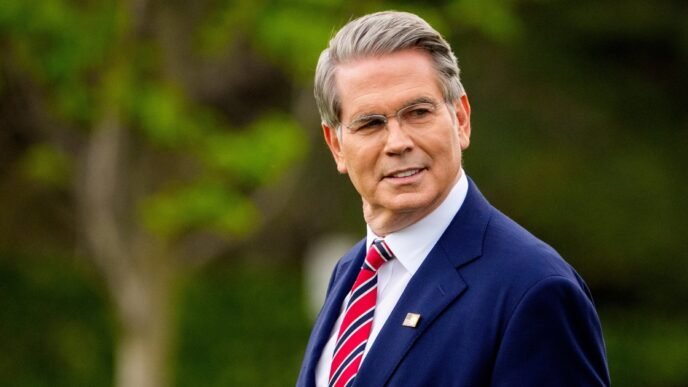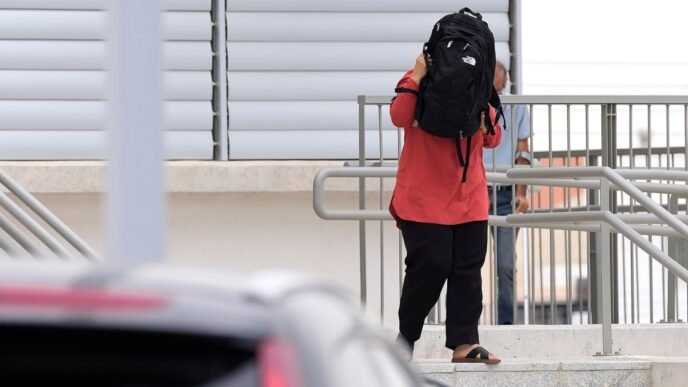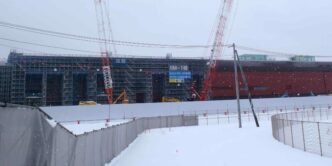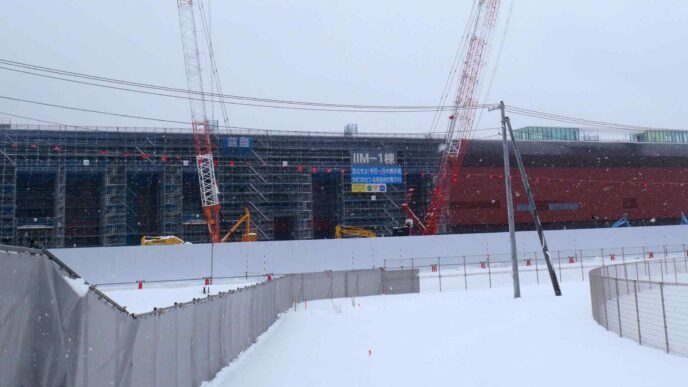While Wisconsin’s Supreme Court race is officially nonpartisan, Democrats and Republicans have both picked sides and are pouring fortunes into their efforts. As the votes are tallied Tuesday night, the ability to claim political momentum amid the upheaval of President Donald Trump’s second term will be on the line.
What is being tested, though, is not so much whether large numbers of voters have changed their minds in the five months since the presidential election. When it comes to Trump himself, Wisconsin is an especially polarized state, with three straight presidential elections decided by less than 1 point. More likely, the outcome hinges on whether the pro-Trump side has become more engaged in an election like this than it has been up to this point.
This is a clear advantage that Democrats have carved out in the Trump era. In stand-alone elections for lower-profile offices, in which turnout is far lower than in races for president or even governor, they’ve had the more motivated set of voters. This has been true in Wisconsin, where the Democratic-backed candidate won the most recent Supreme Court election in 2023 by 11 points. And it has been true nationally, where Democrats have posted a string of wins and overperformances in House special elections the last few years.
The energy isn’t coming from all corners of the Democratic coalition. Instead, it is concentrated among a largely white set of voters with high levels of education, higher incomes and intensely anti-Trump views. They are found in most abundance in college towns and metropolitan areas, but even in places where they are few in number, they’ve been punching above their weight in lower-turnout elections.
On the flip side, Trump in his three campaigns has generated surge turnout and support from blue-collar, white voters, predominantly in rural and small-town areas. Many of those voters had been on the political sidelines before Trump came along, while others had been voting Democratic. They’ve maintained strong loyalty to Trump but haven’t been as interested in low-profile contests like state Supreme Court races.
Two particular parts of Wisconsin capture this dynamic starkly and will loom large Tuesday night.
Dane County is some of the most demographically fertile ground for Democrats anywhere in the country. Home to both the state capital and the University of Wisconsin-Madison, it has — by far — the highest concentration of college-educated adults in the state. It’s also the fifth-wealthiest county in the state, and with nearly 600,000 residents, it’s the second-most populous. And in lower-profile races like this one, its turnout levels have been the highest of any county.
Then there’s what’s known locally as the “Driftless Area,” a largely rural and small-town swath that extends along and inland of the Mississippi River from the Iowa border to just south of the Twin City suburbs of St. Croix County. The name derives from a lack of glacial coverage tens of thousands of years ago, but politically, the Driftless Area is chock full of white, blue-collar voters who emerged in droves when Trump first ran for the White House in 2016. It is the cultural and political opposite of Dane County.













